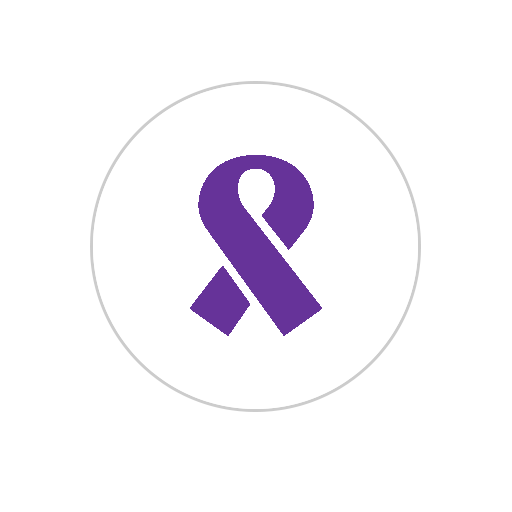National Strategic Plans for HIV
Countries and regions around the world systematically organise, coordinate, and administer their responses to HIV – a complex issue that involves development, economics, health, epidemiology, human rights, social norms and attitudes, human sexuality, and the law – through the development of multi-year National Strategic Plans or Frameworks. NSPs outline actions and interventions necessary to address the epidemic in each country and indicate the costs of implementing those strategies so that they can be financed. Through NSPs – owing to the nature of HIV – States acknowledge and recognise select sexual and gender minorities, and sex workers as targets for sexual health and reproductive health services, even when the existence of those populations is otherwise denied by the State, or when populations are subject to punitive legislation and restrictive policies that increase their vulnerability to HIV.



READ MORE
Women who have sex with Women Recognised
The limitations of “key populations” as terminology to encompass lived experience, vulnerability, and risk, and to adequately address “sexual and reproductive health” are starkly exposed in the way lesbian and bisexual women, and other women who have sex with women, are excluded from the National Strategic Plans for HIV Response of almost every country.




READ MORE
SRH in Addition to HIV Recognised
The evolution and prominence of “sexual and reproductive health” as language and concept are evident, appearing more frequently and commonly alongside “HIV” in the National Strategic Plans of many countries. This signals the recognition of the need for HIV-SRH integration in programming and policy, and an opportunity for public health and rights organisations to offer technical support to achieve appropriate, balanced, design in programming. “Sexual and Reproductive Health”, however, may be included as language in most NSPs, but little attention is given to defining the terminology and concepts, or to specify the services that should be included in a SRH-package, distinct from HIV-intervention, and differentiated for identified Key Populations.

READ MORE
Sexual or Reproductive Rights Recognised
"Sexual and reproductive health” remains firmly embedded in a healthcare and health services paradigm. Although many National Strategic Plans broadly reference “human rights”, few if any mention sexual rights or reproductive rights, including the right to express a sexual orientation or gender identity.

READ MORE
Key Populations mentioned / Recognised as Vulnerable
By definition, the governments of each country recognise and acknowledge populations of people who are disproportionately vulnerable to HIV, whose risk of contracting and transmitting HIV is higher than the general population through biological, behavioural, environmental, structural, and socio-legal factors.

READ MORE
Community Monitoring and Accountability of health services and NSP strategy implementation Recognised
Community-led Monitoring is an emerging global trend in complementary non-medical interventions, to place communities increasingly at the centre of the response to HIV by inviting their feedback on the acceptability, appropriateness, and effectiveness of services to inform quality improvement.

READ MORE
Key populations plans for legal review and reform Recognised
HIV is not simply a biomedical issue. On many levels it is a structural issue. For marginalised and criminalised populations, including LGBTIQ people, sex workers, young women who may need access to abortion services, stigma, discrimination, and criminalisation – the socio-legal environment – markedly increase vulnerability, decrease access to health services, increase exposure to violence and exploitation, and restrict access to justice, safety, and security. Comprehensive responses to HIV, especially amongst most vulnerable populations, require commitments to legal reform and to addressing the structural barriers that marginalise vulnerable communities.
